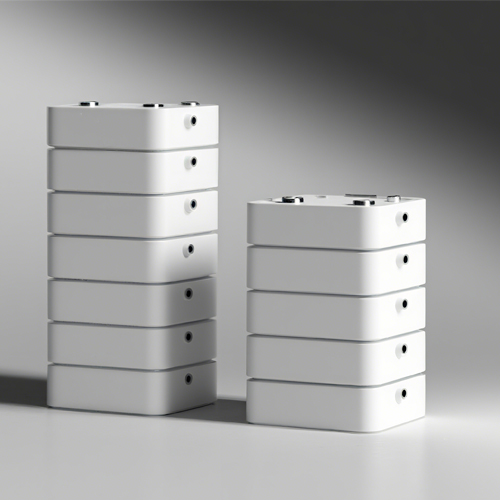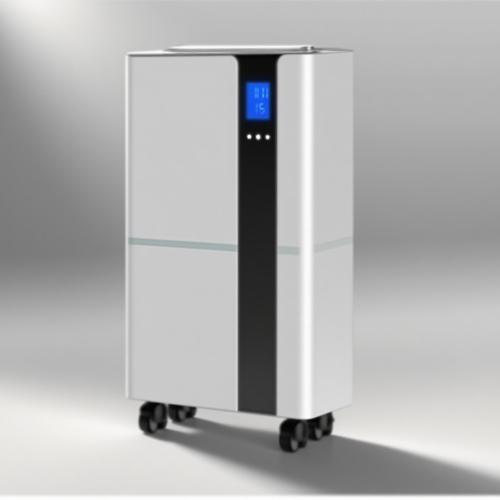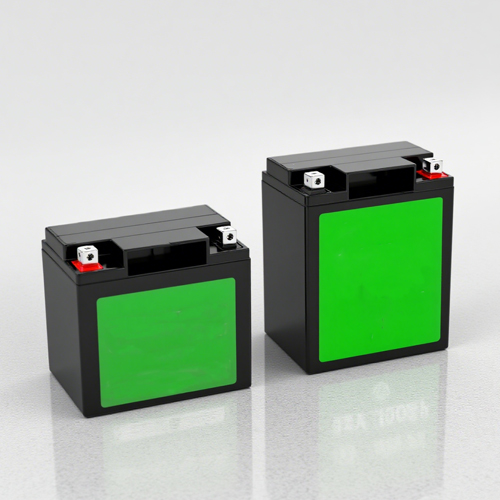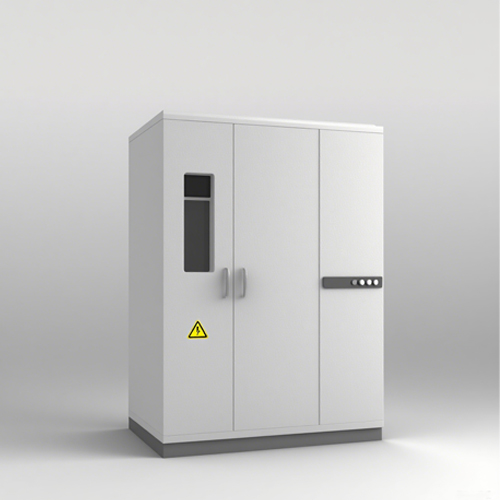Essential details
Shipping:Ocean freight, Land freight, Air freight
Product Introduction
The following are the main categories of energy storage batteries and their characteristics.
1. Wall-mounted batteries
- Features: Modular design, space-saving, suitable for residential or small commercial and industrial applications.
- Technology: Primarily uses lithium iron phosphate batteries, supports intelligent BMS management, with a cycle life of 10–15 years.
- Applications: Compatible with solar systems, enabling excess electricity storage and peak-shaving.
2. Stacked batteries
- Features: Layered structure enhances energy density, ensures uniform heat distribution, and extends lifespan
- Technology: Serrated folding design maximizes active material utilization, commonly used in high-end energy storage and electric vehicles.
3. Floor-standing batteries
- Features: Large-capacity design, typically used for commercial/industrial energy storage or grid-side projects.
- Technology: Integrated BMS and temperature control systems, with an IP54 or higher protection rating.
4. Lead-acid replacement battery
- Features: Low cost and high safety, but low energy density and lead pollution.
- Applications: Traditional backup power sources or small off-grid systems.
5. Rack-mounted batteries
- Features: Standardized rack mounting for easy expansion and maintenance.
6. Integrated energy storage cabinets
- Features: Fully integrated system (including PCS, BMS, and fire protection), plug-and-play.
- Advantages: Suitable for peak shaving and valley filling, supports parallel expansion of multiple cabinets.
Types of energy storage batteries





